September16
About three years ago, I realized something difficult to accept. I was moving from sharing the events and emotions of 9/11 with my students to telling them about it. I am a rememberer. They only know what they’ve heard. That’s huge! It hurts. It is also a big responsibility because an adult must share the reality – not what she simply what she thinks or feels – and provide the opportunity for students to react and process the news just as we did 12 years ago. On their own terms.
I learned the term rememberer when I visited the 6th Floor Museum in Dallas. The docent approached us at the door reminding us that rememberers were present in the museum and we needed to be respectful throughout our visit. What a different experience that museum was for me, who was only a child of 4 when JFK was assassinated. I just have head knowledge compared to a visitor who had been an adult in 1963 and truly experienced the day and its affects. That rememberer idea stuck with me. I began thinking of other life changing events that I had only heard or learned about rather than experienced. What a frustration that is for someone who carries that experience in their heart – not just their head. Then I wondered what it was like to have had to tell someone about Jesus rather than being able to say, “Hey, remember when He did this? Or said that? Wow.
My fellow 8th grade teacher and I wanted our students to come as close to the 9/11 experience as possible. We planned our year’s sequence of genre studies to place Literary Nonfiction (which includes speeches) at the beginning of the year so we were able to spend Sept. 11th moving our students back in time to attempt an understanding of what our country went through. Only then are they able to understand and appreciate President Bush’s speech to us that very night and then his State of the Union to Congress 10 days later. Both are wonderfully written speeches including the strong literary devices we teach in 8th grade.
They entered class that day with this sign above the door:

Immediately they knew something was different because there is typically music playing and a playful atmosphere. They all complied. We played a Youtube of various video scenes of the day while “Where were You when the World Stopped Turning” was in the background. Every year it gives me goosebumps and I hear sniffling zmong the kids. We discuss the who and why and I end the discussion with this wonderful poem by Billy Collins who was the U.S. poet laureate during 9/11:
“So many names, there is barely room on the walls of the heart.” What an excellent poet.
Dead silence in the room. Particularly after hearing the young girl in the video saying her own father’s name during the memorial.
I asked each student to take a sticky note to share a thought or an emotion they were feeling. As they finished, they walked quietly into the hall and placed their sticky alongside the other students’ from the day. Their writings showed, in a very real way, we might not have shared that day – but they shared a portion of the shock and grief we all experienced. I was moved by their comments and wanted to share a few here.



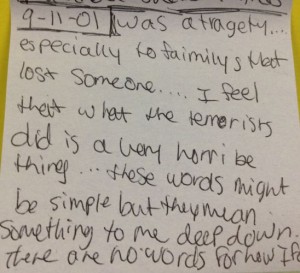


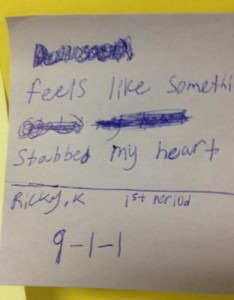

Very perceptive students.
President Bush’s speech is below as a reminder.

A Great People is Moved to Defend a Great Nation
Good evening.
Today, our fellow citizens, our way of life, our very freedom came under attack in a series of deliberate and deadly terrorist acts. The victims were in airplanes or in their offices: secretaries, business men and women, military and federal workers, moms and dads, friends and neighbors. Thousands of lives were suddenly ended by evil, despicable acts of terror. The pictures of airplanes flying into buildings, fires burning, huge — huge structures collapsing have filled us with disbelief, terrible sadness, and a quiet, unyielding anger. These acts of mass murder were intended to frighten our nation into chaos and retreat. But they have failed. Our country is strong.
A great people has been moved to defend a great nation. Terrorist attacks can shake the foundations of our biggest buildings, but they cannot touch the foundation of America. These acts shatter steel, but they cannot dent the steel of American resolve. America was targeted for attack because we’re the brightest beacon for freedom and opportunity in the world. And no one will keep that light from shining. Today, our nation saw evil — the very worst of human nature — and we responded with the best of America. With the daring of our rescue workers, with the caring for strangers and neighbors who came to give blood and help in any way they could.
Immediately following the first attack, I implemented our government’s emergency response plans. Our military is powerful, and it’s prepared. Our emergency teams are working in New York City and Washington D.C. to help with local rescue efforts. Our first priority is to get help to those who have been injured, and to take every precaution to protect our citizens at home and around the world from further attacks. The functions of our government continue without interruption. Federal agencies in Washington which had to be evacuated today are reopening for essential personnel tonight and will be open for business tomorrow. Our financial institutions remain strong, and the American economy will be open for business as well.
The search is underway for those who were behind these evil acts. I have directed the full resources of our intelligence and law enforcement communities to find those responsible and to bring them to justice. We will make no distinction between the terrorists who committed these acts and those who harbor them.
I appreciate so very much the members of Congress who have joined me in strongly condemning these attacks. And on behalf of the American people, I thank the many world leaders who have called to offer their condolences and assistance. America and our friends and allies join with all those who want peace and security in the world, and we stand together to win the war against terrorism.
Tonight, I ask for your prayers for all those who grieve, for the children whose worlds have been shattered, for all whose sense of safety and security has been threatened. And I pray they will be comforted by a Power greater than any of us, spoken through the ages in Psalm 23:
Even though I walk through the valley of the shadow of death, I fear no evil for you are with me.
This is a day when all Americans from every walk of life unite in our resolve for justice and peace. America has stood down enemies before, and we will do so this time. None of us will ever forget this day, yet we go forward to defend freedom and all that is good and just in our world.
Thank you. Good night. And God bless America.


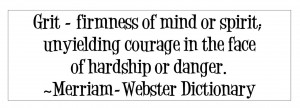

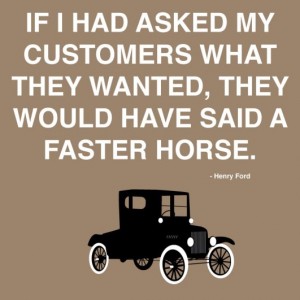
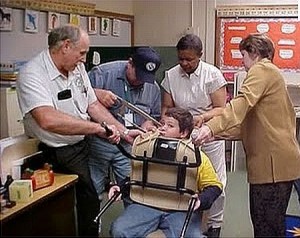
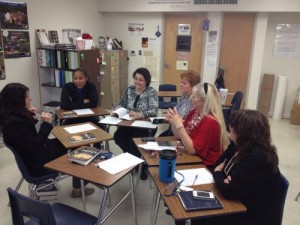
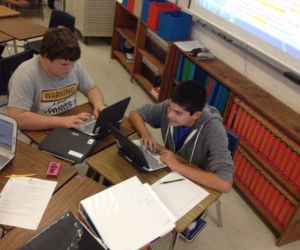
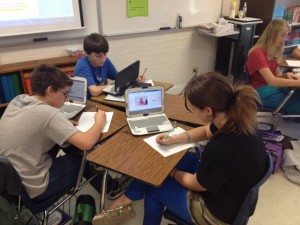












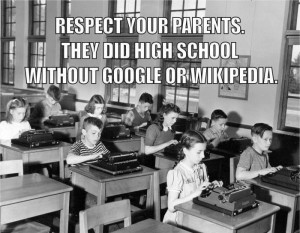
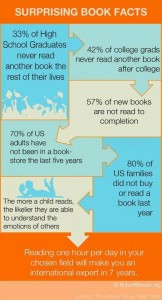
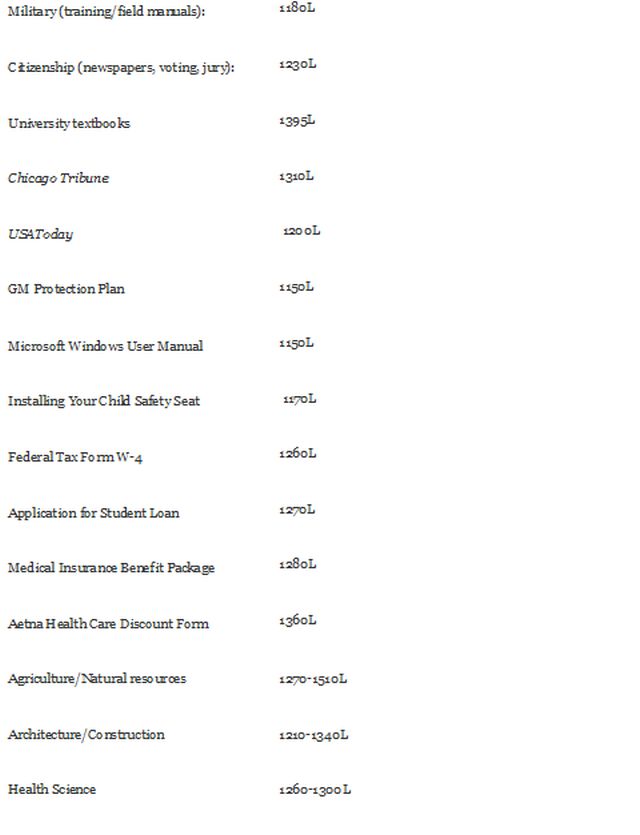




Recent Comments